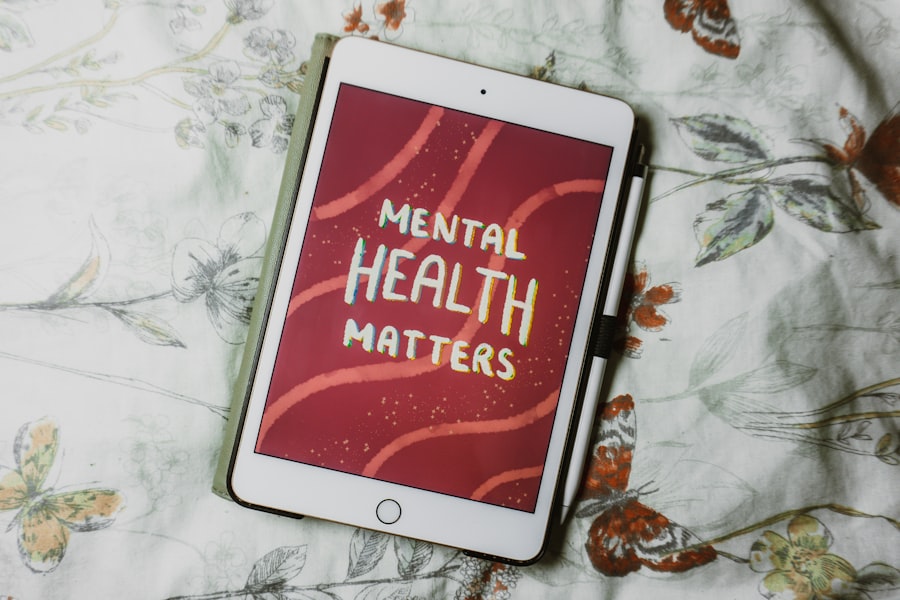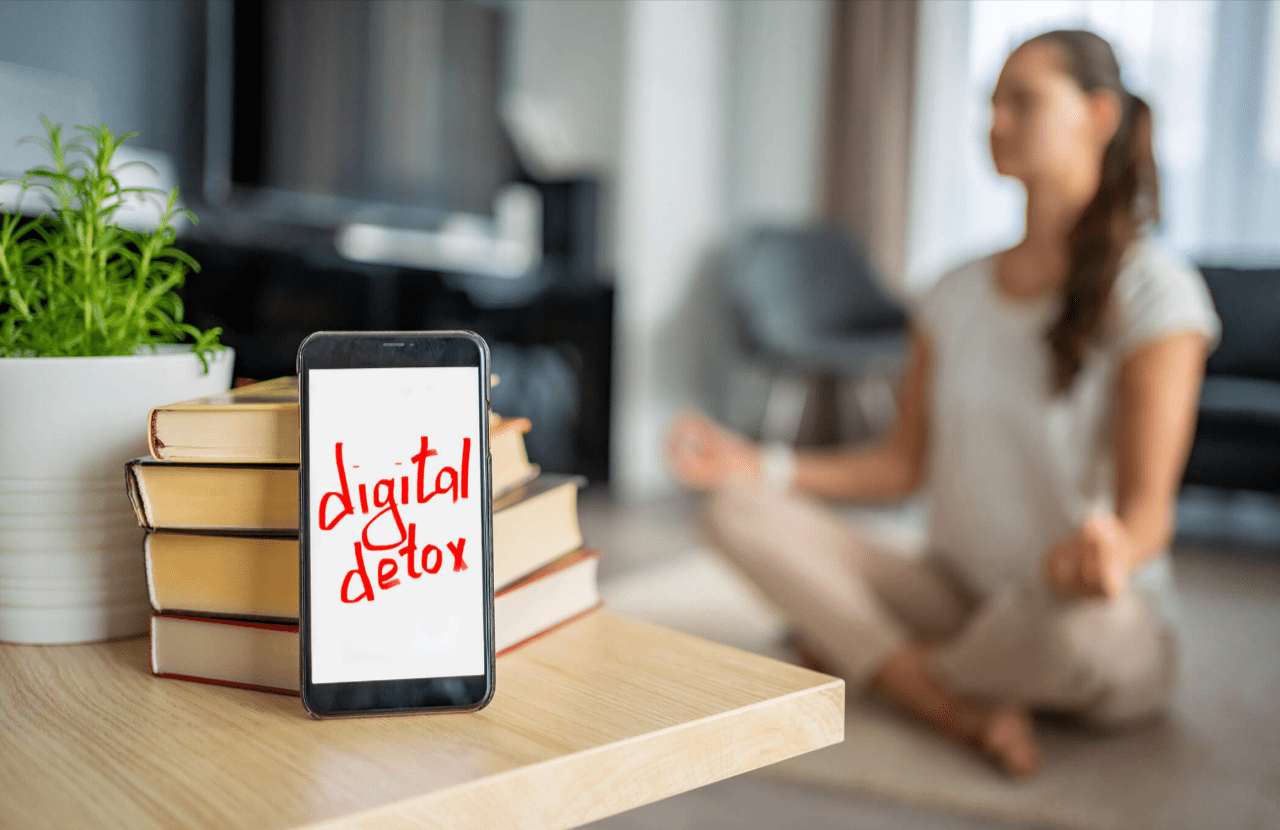In an era where technology permeates every aspect of our lives, the phenomenon of digital overload has become increasingly prevalent. Digital overload refers to the overwhelming amount of information and stimuli that individuals encounter daily through various digital devices, including smartphones, tablets, and computers. This constant barrage of notifications, emails, social media updates, and news alerts can lead to cognitive fatigue, decreased productivity, and heightened stress levels.
The brain, which is not inherently designed to process such vast quantities of information simultaneously, can become overwhelmed, resulting in a diminished capacity for focus and creativity. Moreover, the impact of digital overload extends beyond mere cognitive strain; it can also affect emotional well-being. Studies have shown that excessive screen time is correlated with increased feelings of anxiety and depression.
The incessant comparison to curated online personas can lead to feelings of inadequacy and low self-esteem. Additionally, the addictive nature of social media platforms often fosters a cycle of compulsive checking and scrolling, further exacerbating feelings of disconnection from reality. As individuals find themselves trapped in this digital whirlwind, the need for a reprieve becomes increasingly apparent.
Key Takeaways
- Digital overload can have a negative impact on mental health, productivity, and relationships.
- Signs of digital addiction include constantly checking devices, neglecting responsibilities, and feeling anxious when not online.
- Taking a digital detox can lead to improved focus, better sleep, and stronger connections with others.
- Practical tips for implementing a digital detox include setting boundaries, scheduling device-free time, and finding alternative activities.
- Finding balance in the digital age involves being mindful of screen time, prioritizing in-person interactions, and setting limits on technology use.
Recognizing the Signs of Digital Addiction
Identifying digital addiction can be challenging, as many individuals may not recognize their behaviors as problematic. However, certain signs can serve as indicators that one may be struggling with an unhealthy relationship with technology. One prominent sign is the compulsive need to check devices frequently, even in situations where it is socially inappropriate or distracting.
For instance, someone might find themselves scrolling through their phone during meals or conversations, prioritizing digital interactions over real-life connections. This behavior often leads to a sense of disconnection from the present moment and can strain personal relationships. Another telling sign of digital addiction is the emotional response associated with device usage.
Individuals may experience heightened anxiety when separated from their devices or feel a sense of loss when they are unable to access their favorite apps or social media platforms. This emotional dependency can manifest in irritability or restlessness when attempting to limit screen time. Furthermore, neglecting responsibilities or personal interests in favor of digital engagement is a significant red flag.
If an individual finds that they are consistently choosing to binge-watch shows or scroll through social media instead of pursuing hobbies or spending time with loved ones, it may be time to reassess their digital habits.
The Benefits of Taking a Digital Detox

Engaging in a digital detox can yield numerous benefits that extend beyond simply reducing screen time. One of the most immediate advantages is the restoration of mental clarity and focus. By stepping away from the constant influx of information, individuals often find that they can concentrate better on tasks at hand, leading to increased productivity and creativity.
For example, a writer who takes a break from social media may discover that they can produce more content in less time without the distractions that typically accompany online browsing. Additionally, a digital detox can significantly enhance interpersonal relationships. When individuals disconnect from their devices, they create space for meaningful interactions with family and friends.
This quality time fosters deeper connections and allows for genuine conversations that are often lost in the noise of digital communication. For instance, families who choose to implement device-free dinners often report feeling more connected and engaged with one another, as they are able to share experiences and thoughts without the interference of technology.
Practical Tips for Implementing a Digital Detox
| Tip | Description |
|---|---|
| Set boundaries | Establish specific times and places for device usage |
| Unplug regularly | Schedule regular periods of time without digital devices |
| Engage in offline activities | Find hobbies and activities that don’t involve screens |
| Practice mindfulness | Engage in activities that promote being present in the moment |
| Set realistic goals | Start with small steps and gradually increase the detox duration |
Implementing a digital detox does not have to be an overwhelming endeavor; rather, it can be approached gradually and thoughtfully. One effective strategy is to establish specific time blocks during which technology use is limited or entirely prohibited. For example, individuals might designate certain hours in the evening as “tech-free time,” allowing them to engage in activities such as reading, exercising, or spending quality time with loved ones without the distraction of screens.
This structured approach helps create a routine that prioritizes offline activities. Another practical tip is to curate one’s digital environment by unfollowing accounts or unsubscribing from newsletters that do not add value to life. By streamlining the information consumed online, individuals can reduce feelings of overwhelm and focus on content that genuinely interests them.
Additionally, utilizing apps designed to track screen time can provide valuable insights into usage patterns, helping individuals identify areas where they may want to cut back. Setting specific goals for reducing screen time—such as limiting social media use to 30 minutes per day—can also serve as a motivating factor in maintaining a healthier relationship with technology.
Finding Balance in the Digital Age
Achieving balance in the digital age requires intentionality and self-awareness. It is essential to recognize that technology is not inherently detrimental; rather, it is our relationship with it that determines its impact on our lives. Striking a balance involves understanding when technology serves as a tool for productivity and connection versus when it becomes a source of distraction and stress.
For instance, using video conferencing tools for work meetings can enhance collaboration and communication among team members, while excessive scrolling through social media can lead to feelings of isolation. To cultivate this balance, individuals can engage in regular self-reflection regarding their technology use. Keeping a journal to document feelings before and after using devices can help identify patterns and triggers associated with digital engagement.
This practice encourages mindfulness and allows individuals to make conscious choices about when and how they interact with technology. Additionally, incorporating offline activities into daily routines—such as outdoor walks or creative hobbies—can provide fulfilling alternatives to screen time while promoting overall well-being.
Creating Healthy Boundaries with Technology

Establishing healthy boundaries with technology is crucial for maintaining a balanced lifestyle in today’s digital landscape. One effective method is to set clear guidelines regarding when and where devices can be used. For example, designating specific areas in the home as “device-free zones,” such as bedrooms or dining areas, encourages individuals to engage more fully in their surroundings without the distraction of screens.
This practice not only promotes better sleep hygiene but also fosters more meaningful interactions during shared meals or family gatherings. Another important aspect of boundary-setting involves managing notifications and alerts from apps and devices. Constant notifications can create an incessant pull towards checking devices, leading to fragmented attention throughout the day.
By turning off non-essential notifications or utilizing “Do Not Disturb” modes during designated times, individuals can reclaim their focus and reduce the urge to engage with technology impulsively. This proactive approach allows for more intentional use of devices when they are needed while minimizing distractions during moments that require concentration.
The Importance of Mindfulness in a Digital Detox
Mindfulness plays a pivotal role in the effectiveness of a digital detox by fostering awareness of one’s thoughts and behaviors related to technology use. Practicing mindfulness encourages individuals to observe their impulses without judgment, allowing them to recognize when they are reaching for their devices out of habit rather than necessity. Techniques such as meditation or deep-breathing exercises can help cultivate this awareness, enabling individuals to respond thoughtfully rather than reactively when faced with the temptation to engage with screens.
Incorporating mindfulness into daily routines can also enhance the overall experience of a digital detox. For instance, individuals might choose to engage in mindful walking—paying attention to their surroundings and sensations rather than being preoccupied with their devices. This practice not only promotes physical well-being but also reinforces the importance of being present in the moment.
By integrating mindfulness into their approach to technology use, individuals can develop a healthier relationship with screens that prioritizes intentionality over mindless consumption.
Sustaining the Benefits of Digital Detox in Daily Life
The benefits gained from a digital detox can be sustained through ongoing commitment and self-awareness. One effective strategy is to regularly reassess personal goals regarding technology use and adjust them as needed based on changing circumstances or priorities. For example, if an individual finds themselves slipping back into old habits after an initial detox period, they might consider implementing new strategies or revisiting previous ones that proved effective.
Additionally, fostering a supportive community can significantly enhance one’s ability to maintain healthier technology habits. Engaging friends or family members in discussions about digital wellness can create accountability and encourage collective efforts toward reducing screen time. Participating in group activities that prioritize offline engagement—such as book clubs or outdoor adventures—can further reinforce these commitments while providing opportunities for connection without the interference of technology.
By embracing these practices and remaining mindful of their relationship with technology, individuals can navigate the complexities of the digital age while preserving their mental health and well-being. The journey toward achieving balance in a world dominated by screens is ongoing; however, with intentionality and support, it is possible to cultivate a fulfilling life that harmonizes both digital engagement and real-world experiences.
FAQs
What is digital detox?
Digital detox refers to the period of time during which a person refrains from using electronic devices such as smartphones, computers, and social media platforms. It is a conscious decision to disconnect from the digital world in order to reduce stress and improve overall well-being.
Why is digital detox important in daily life?
Digital detox is important in daily life because excessive use of electronic devices can lead to various negative effects such as increased stress, anxiety, and decreased productivity. Taking a break from digital devices allows individuals to focus on real-life interactions, improve mental health, and establish a healthier balance between technology and personal life.
What are the benefits of digital detox?
The benefits of digital detox include reduced stress and anxiety, improved sleep quality, increased productivity, enhanced focus and concentration, better interpersonal relationships, and a greater sense of mindfulness and well-being.
How often should one engage in digital detox?
The frequency of engaging in digital detox can vary for each individual. Some people may benefit from a daily digital detox routine, while others may find it beneficial to engage in longer detox periods on a weekly or monthly basis. It ultimately depends on personal preferences and lifestyle factors.
What are some tips for a successful digital detox?
Some tips for a successful digital detox include setting clear boundaries for device usage, finding alternative activities to replace screen time, informing friends and family about the detox period, and gradually reducing screen time leading up to the detox. It’s also important to be mindful of triggers that may tempt you to use electronic devices and find healthy ways to cope with them.
